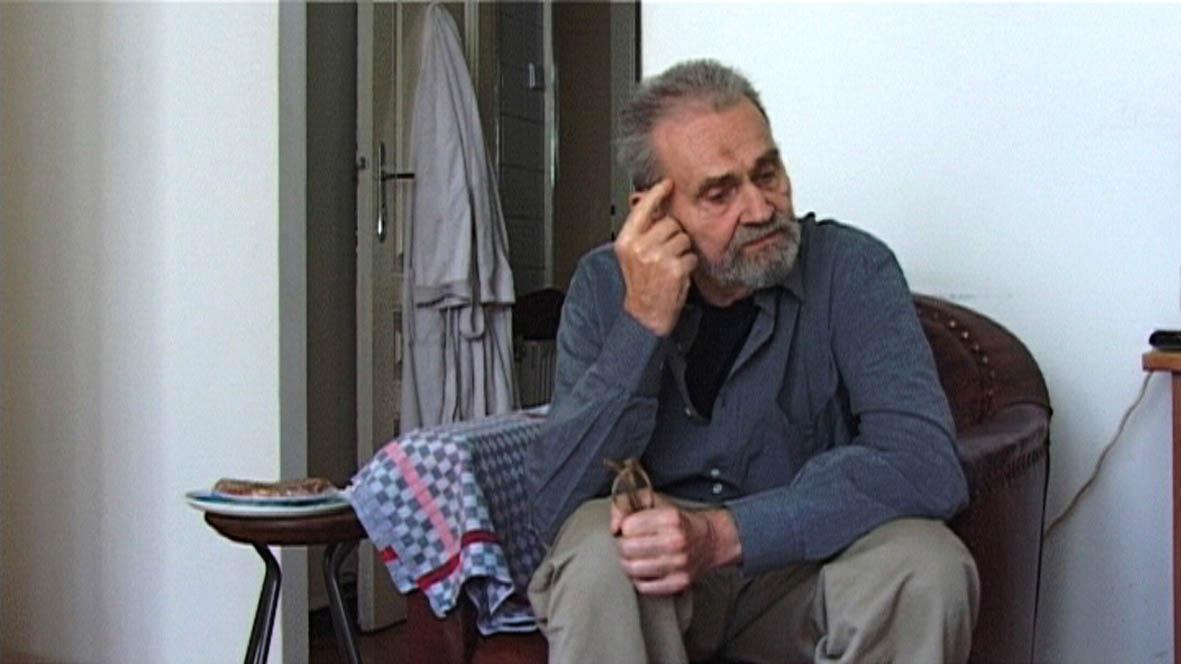der wackelatlas- sammeln und jagen mit H. C. Artmann
Whoever fails to take a writer at his word will never be able to truly understand him. der wackelatlas, a final portrait of the great H.C. Artmann, gives evidence of this knowledge: Language is omnipresent from the introduction to the epilog; it gives the story its pulse and its lines. H.C. Artmann in his apartment in Vienna, the fall of 2000 – though his voice was raspy and he trembled slightly, he was talkative and his wit was still intact.
The blue of his eyes sparkled and he talked about memory, smells and music. This film´s abrupt leaps and jumps all involve ideas and language, which makes the calmness of its gaze possible.
Though conceived, directed and shot by Artmann´s daughter Emily and niece Katharina, this film is a family portrait to solely a limited extent and anything but a home movie.
The intimacy of the situation is tangible, and the approach is loving - at the same time, the object was certainly not to show the "man behind the art" but art itself and how people operate within it. der wackelatlas is a tightly controlled work, economical and concentrated on its center.
"I don´t want to paint a picture of life," stated Artmann clearly, and he made no attempts "to sneak morals into" his poems. This attitude is emulated by the film, which sees itself as being artificial and refuses to spent no time on the moral´s pathos.
The forceful sensuality of Artmann´s language, which is manifested in both casual conversation and the visual arrangement of his works, is again contrasted with the word. In nine chapters, each of which has three different words as a title, the filmmakers tell a compressed and poetic story of a poet driven by compressed story-telling: Hans Carl Artmann taken at his word. (Stefan Grissemann)
der wackelatlas- sammeln und jagen mit H. C. Artmann
2001
Austria
58 min
Documentary
German
English

